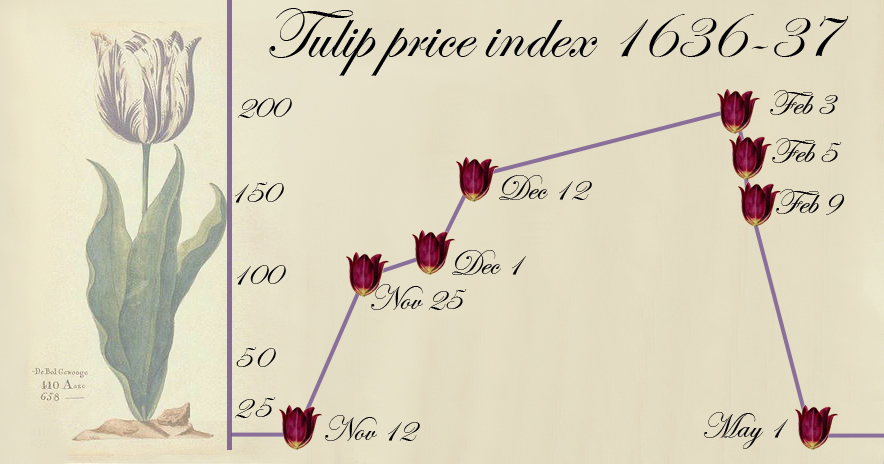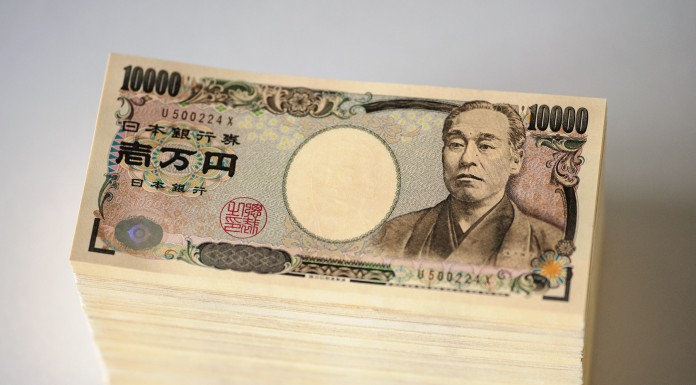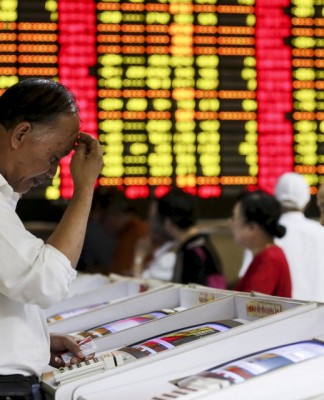“Bubble” is a catchword bandied about whenever people want to strike fear in the heart of investors. Tech, property, Bitcoin – these and more have been associated with bubbles.
“The term ‘bubble’ is used, sometimes overused, to describe a period when a specific asset is being valued higher than what it is really worth,” explains Richard Cayne. “Sometimes it’s true, but sometimes it’s people crying ‘wolf’.”
History does repeat itself
Speculation has been around for as long as man has been trading for goods and services. How else could shrewd, and possibly unscrupulous, business people gain an edge on their competition but by speculating on future prices to get the best deal?
But speculation can lead to a frenzy, where even the savviest minds get caught up in the whirlwind, so the bubble grows until it bursts. And this is not only applicable in investments. We can see it in diet and exercise fads, religious movements, and other social phenomena.
What about the tulips?
Tulips are now a well-known symbol for the Netherlands, but that’s not where they originated. Tulips were brought to the Netherlands from Central Asia in the late 1500s and, by the early 1600s, gained in popularity just as the first stock exchange in Europe was established there.
Just as with any popular commodity, demand started to outweigh supply, causing a spike in prices. This made tulips a precious commodity that became a status symbol for the merchant and upper classes. And as we discussed, speculation led to a bubble. Apparently, by the beginning of 1637, the cost for one bulb equaled the household budget for an average Dutch family for years.
By the middle of the same year, the demand collapsed as traders could not afford the insane prices for this perishable commodity, wreaking financial and social havoc on the Netherlands and the rest of Europe for years to come.
Was it really that bad?
Most of what we know about these events are from historical records, which are by no means comprehensive and are often not firsthand accounts, making the sources suspicious. There are those who claim that things weren’t as bad as some people make them out to be. However, most agree that there was some major volatility in the market that did cause financial ruin for some.
“Determining the extent of the damage is a bit beside the point for this tulip story,” said Richard. “I’ve reiterated how due diligence is important when it comes to investing. In this case, it’s important to be able to see through the frenzy and make sound decisions. Sometimes this requires help.”
















[…] https://www.richardcayne.com/ […]
Comments are closed.